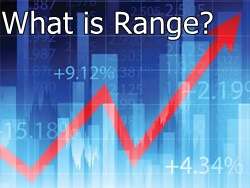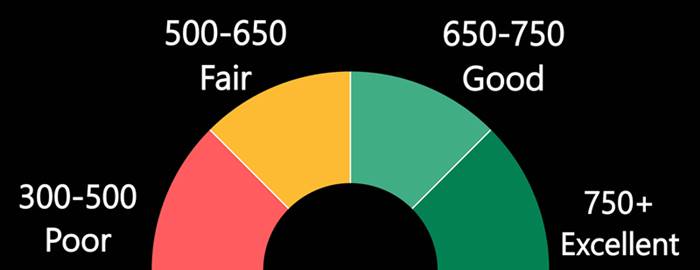What is a Range?
The Range is known as the difference between low and high prices for an index or security over a time period. The range is used to describe the difference between the highest and the lowest prices that are traded for a period, like a day, a month or even a year.

This Factor gets marked on charts as the high and low points on a bar or a Candlestick. The range is closely followed by technical analysts as it is beneficial in finding entry as well as exit points for trades.
Traders and investors might also consider a range of various trading periods as a trading or price range. Securities that get traded within a range could be impacted by several participants of the Market trying to execute range-bound trading strategies.
Explaining a Trading Range
For a certain trading period, a range is the highest and the lowest prices that have been traded in that trading period. As far as multiple periods are concerned, the trading range is evaluated by the highest and lowest prices over a determined time period.
The comparative difference between these highs and lows defines the prices’ historical Volatility. The volatility amount may vary from an asset to another and from security to another. Generally, investors choose to go with lower volatility; thus, prices turning substantially more volatile indicate some type of turmoil in the stock market.
Talk to our investment specialist
A range majorly depends on the security type. For a stock, it is dependable on the sector wherein it is operating. For instance, for fixed-Income instruments, the range gets tighter than equities and commodities, which are volatile in their prices.
Moreover, there is a variety of factors that impact the prices of security; thus, its range. The macroeconomic factors, like interest rates and Economic Cycle, have a substantial bearing on the securities’ price over a longer time period.
For example, a Recession may broaden the price range for most of the equities as they drop down in prices. Talking about examples, in the dotcom bust aftermath, most of the technology stocks got wide price ranges between the period of 1998 to 2002 as they increased to high levels in the first half of this period and then dropped. In a similar situation, the financial crisis of 2007-2008 broadened the price range for equities.
All efforts have been made to ensure the information provided here is accurate. However, no guarantees are made regarding correctness of data. Please verify with scheme information document before making any investment.






